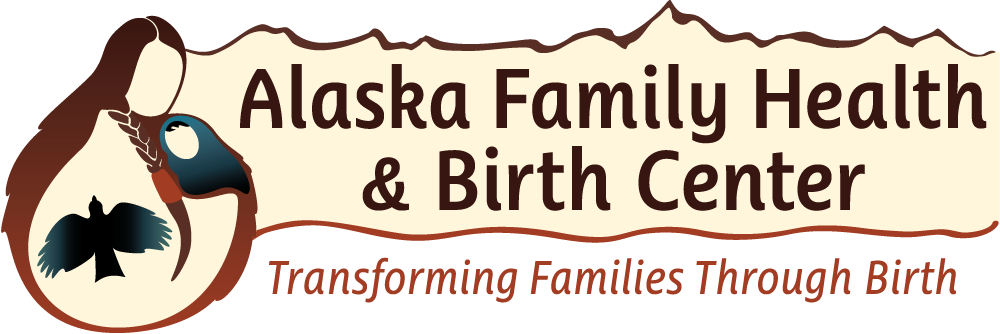The Science of Midwifery
American College of Nurse Midwives
Hallmarks of Midwifery- The art and science of midwifery are characterized by the following hallmarks
C. Incorporation of scientific evidence into clinical practice
M. Incorporation of evidence-based complementary and alternative therapies in education and practice
Midwifery is an age old calling. Midwives are mentioned in the Bible, and in nearly every ancient text from every culture on earth. Midwives serve a basic, fundamental need of humans-to guide and support new life into this world. The knowledge we hold as a profession is often revered as sacred, and passed down from one generation to another. Over the centuries much of this old knowing has been lost or forgotten, but there are still guardians of this knowledge, and many can be found who still know the importance of these fundamental pieces of the puzzle in the care of the care of women and babies.
There are still many midwives who know how to utilize alternative therapies, and who understand the importance of complementary care. There are still those who understand how to skillfully and safely employ herbals to improve the health of a mother and baby. Midwives abound who understand the key role nourishing foods, supplements, and a healthy diet play in pregnancy.
Similarly, you can find multitudes of midwives who pride themselves on evidence based care. The entire focus of much of our education is on discerning the most up to date, thorough, quality evidence, and employing it in practice. Midwifery journals are full of the most recent studies and findings of professional organizations.
Often, you do not find these two seemingly opposing qualities in the same midwives, nor even in the same practice or practice setting. Occasionally, though, this beautiful union will occur, and this is where the true glory of midwifery is seen.
Consider midwives attending a birth in the hospital, surrounded by monitors and equipment, and screens, and all the best technology has to offer. Imagine them understanding the importance of low lights, undisturbed birth, and mobility on the health and well-being of the mother and baby. Imagine them discussing fermented foods, probiotics, and vitamin D with the parents during prenatal, and the importance of a nourishing diet. Imagine them understanding the latest evidence on physiologic cord clamping, and the importance of uninterrupted skin/skin, while able to quickly intervene with medications and procedures when called to. This is always a glorious thing to see, and leaves you no doubt that the mother and baby are being well served.
Equally impressive is an out of hospital midwife whose primary focus is physiologic birth and holistic care, who is up to date on the current guidelines for management of gestational diabetes. A home birth midwife who carries all the medications for management of postpartum hemorrhage and has a clear knowledge of how to use them appropriately, and also carries a rebozo, homeopathic medications for stalled labor, and a birth stool. A birth center midwife who can detail the correct steps in resuscitation of the newborn, and then deftly explain the importance of physiologic cord clamping and immediate skin/skin with an undisturbed third stage.
My incredible mentor, Dana Brown, is fond of saying “We should never have a sacred cow we are not willing to let go.” In my years with her I have seen her live this out repeatedly. I’ve seen she and the other midwives have a belief that seemed central to our practice. Then we would become aware of solid evidence that disputed this belief. She would be the first to bring us the new evidence, and demand that we evaluate it and review our practice. She would also be the first to remind us that evidence is not everything. That evidence without experience, and without consideration of the mother and her reality, means nothing. Many times, we have modified our ‘sacred cows’. Occasionally, we have discarded them altogether.
This, to me, is the essence of balancing evidence based care with complementary therapies. We must be willing to look at what we know, what we ‘believe’, and consider evidence to the contrary. We must be willing to look at what all the evidence says, know what the solid conclusions are, are then look at the mother and listen to her when she tells us, “Yes, that may be true for others, but it is not true for me.” We must be able to balance these two sides of our profession, no matter our setting.
As Dana always reminds us, “We must be humble, and teachable.” We must learn from the books, AND from the mothers. From the newest evidence, and from the oldest truths. We must give them all consideration. If we can do this, we will serve our women and babies well. We will continue to ensure that our profession meets the highest standards of tradition and progress, blended together beautifully to make such a beautiful product-a Midwife.
In faith, love, and gratitude,
Julie
“Core competencies for basic midwifery practice.” American College of Nurse Midwives. Dec. 2012. http://www.midwife.org/ACNM/files/ACNMLibraryData/UPLOADFILENAME/000000000050/Core%20Comptencies%20Dec%202012.pdf
Accessed 4/29/2018

